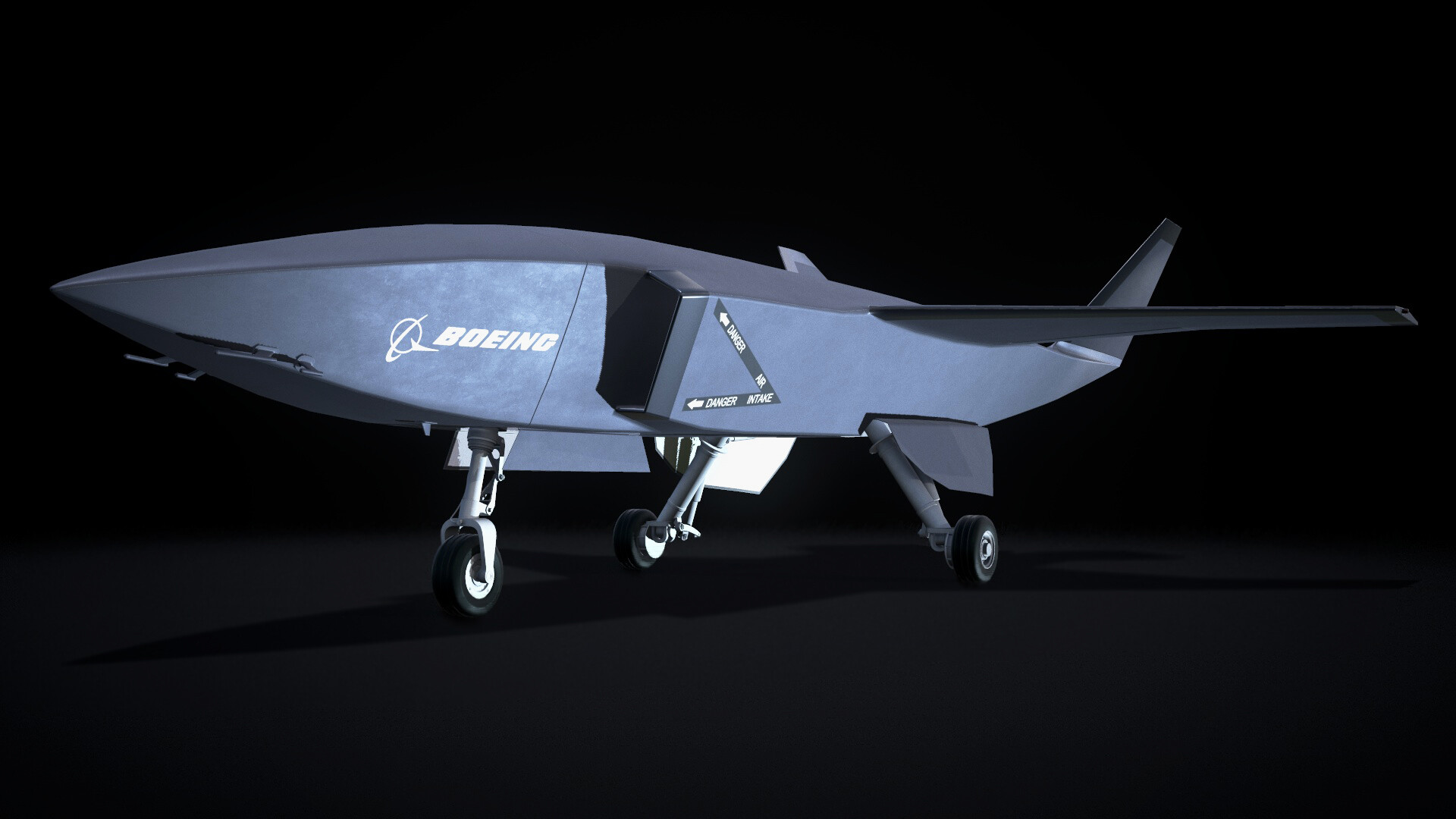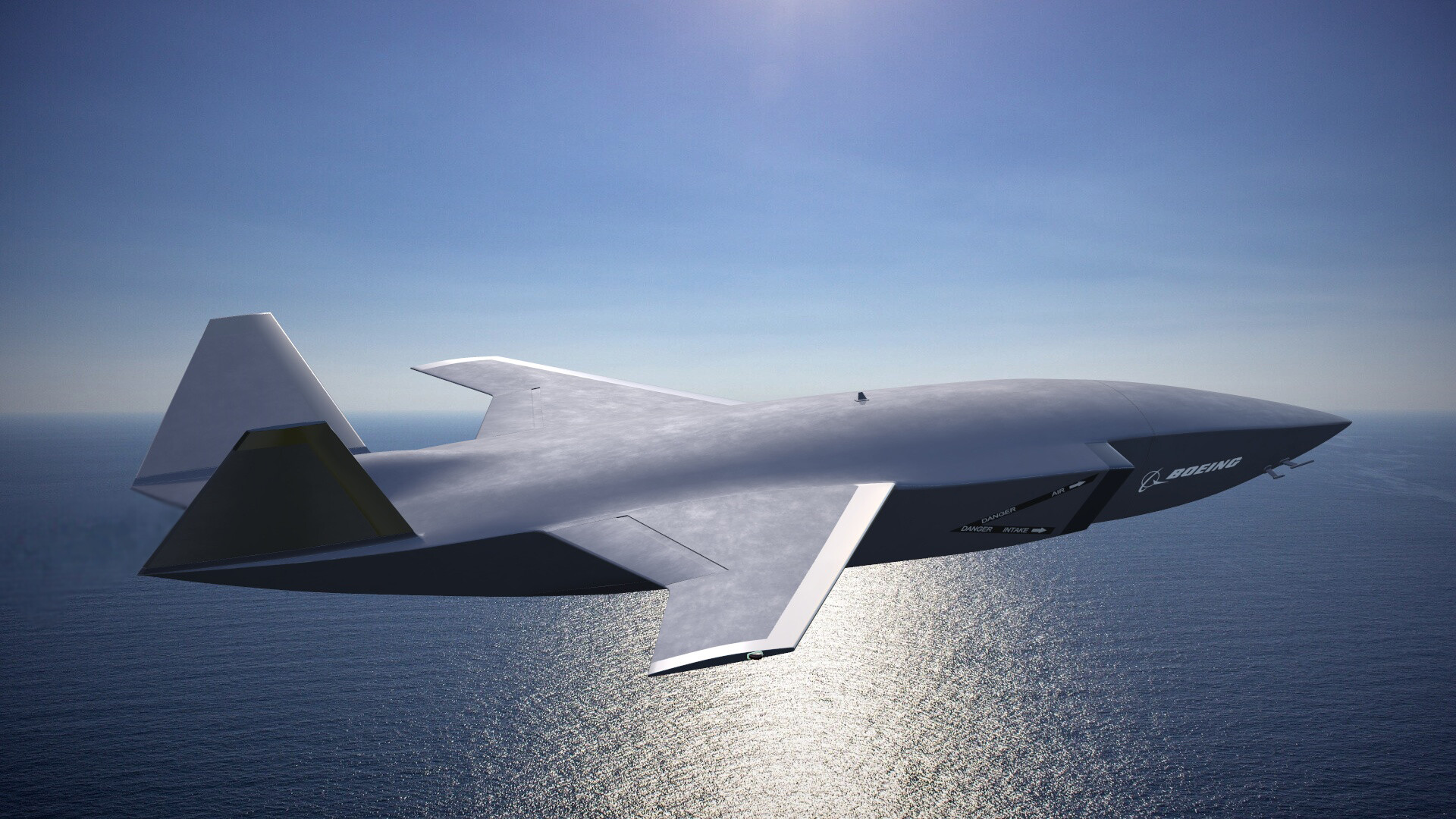Like the leap from propeller to jet, the next great sep is upon us in military aviation, and this one, is a little more terrifying.
After all, its replacing the pilot with silicon.
Introducing the loyal wingman, the next generation of military aircraft that is going to literally take the man out of the pilot seat.
New drones like the Turkish Bayraktar have literally changed the tide of war and their role in the future cannot be ignored anymore.
The technology is quickly reaching the point where its more effective to operate a fleet of droned aircraft than meat-based fighter pilots. But does this herald a golden age, or are we simply setting up ourselves for a real life terminator?
Let’s jump into it.
Drones go back farther in time than you might realize. The first military drone-like object were the balloon bombs that Field Marshall von Radetsky of Austria used to attack Venice – rather unsuccessfully, I might add – in 1849.

Their capabilities have become increasingly sophisticated. Importantly, drones are being developed to be used in lock-step with manned aircraft, such as fighter jets.
The emerging class of super-smart drones known as the ‘Loyal Wingman’ are already being tested and their role with sixth-generation fighter jets is of particular interest
Over time, UAVs or drones have evolved to include missions such as manned-unmanned teaming, aerial refueling, electronic warfare, and other modes of military-related functionality. In fact just recently the US performed the first mid-air refueling with a drone aircraft, breaking ground in the class’s utility.
A recent report stated that over 5,000 drone aircraft will be built per year by 2027, in over 101 countries as a part of their military operations. So far there are 50 or so development programs, but only a handful of nations have seen, air quotes, killer results.
Top players include the worlds powers as US, China, Russia, EU and UK, but surprisingly entries are also Australia, Japan and South Korea, which we will get to in a moment.
The Blackhorse in the race to build military drones is Turkey, whose new TB2 Bayraktar performing very well in recent conflicts in the region.

The Boeing ATS, also referred to as Loyal Wingman, is the epitome of a modern UAV, which means it’s all about stealth and being multi-functional.
Importantly, it serves the role of what is known as a force multiplier aircraft that can fly alongside manned aircraft. It can also be used for autonomous missions. Importantly, artificial intelligence or AI is integral to the central design philosophy and various capabilities of Boeing’s Loyal Wingman.
A key technical feature of this military drone is its modular mission package system, whereby its AI is located in its nose.
The craft’s nose can be quickly and easily removed and replaced with another nose having a completely different set of equipment or armament guidance systems, while the spy tech or weapons are loaded in the internal bay. This means the Loyal Wingman can be quickly deployed for a variety of different and very specific missions, which can include combat, reconnaissance and, most specifically to this class of UAV, electronic warfare.
The nose, by the way, is 2.5 metres or 8.2 feet long and offers a storage volume of more than 1.5 metres or 5 feet cubed.
But what weapons will it carry? Sorry to disappoint, but so far Boeing has been tight-lipped leaving us only speculation. We know that air to air missions might be equipped with Aim-9s for bomber escorts and inceptions, and we would rule out tactical ground strikes.

Furthermore, another plus is that its fuselage is made of composite materials that use an advanced resin-infusion process, which results in a lighter and more durable craft.
The drone has an integrated on-board sensor package that should more than ably support its three core functions, namely intelligence, surveillance and reconnaissance, or ISR, as well as tactical early warning missions. Besides allowing the drone to fly independently or support a manned aircraft it accompanies, its in-built AI also ensures that it maintains a safe distance between itself and other aircraft at all times.
The specifications of the Loyal Wingman include the following:
Crew: None – well, that should be obvious! Length from tail-end to nose tip: 11.7 m or 38 feet 5 inches Wingspan: 7.31 metres or 24 feet across Range: 3,700 km or 2,300 miles, which equates to 2,000 nautical miles.
Boeing claims that its Loyal Wingman will ultimately have performance comparable to that of a conventional fighter jet. In the words of Boeing: “It will provide fighter-like performance.”
Robot Fighter Jets Are Here – Meet Boeing’s Loyal Wingman Drone.